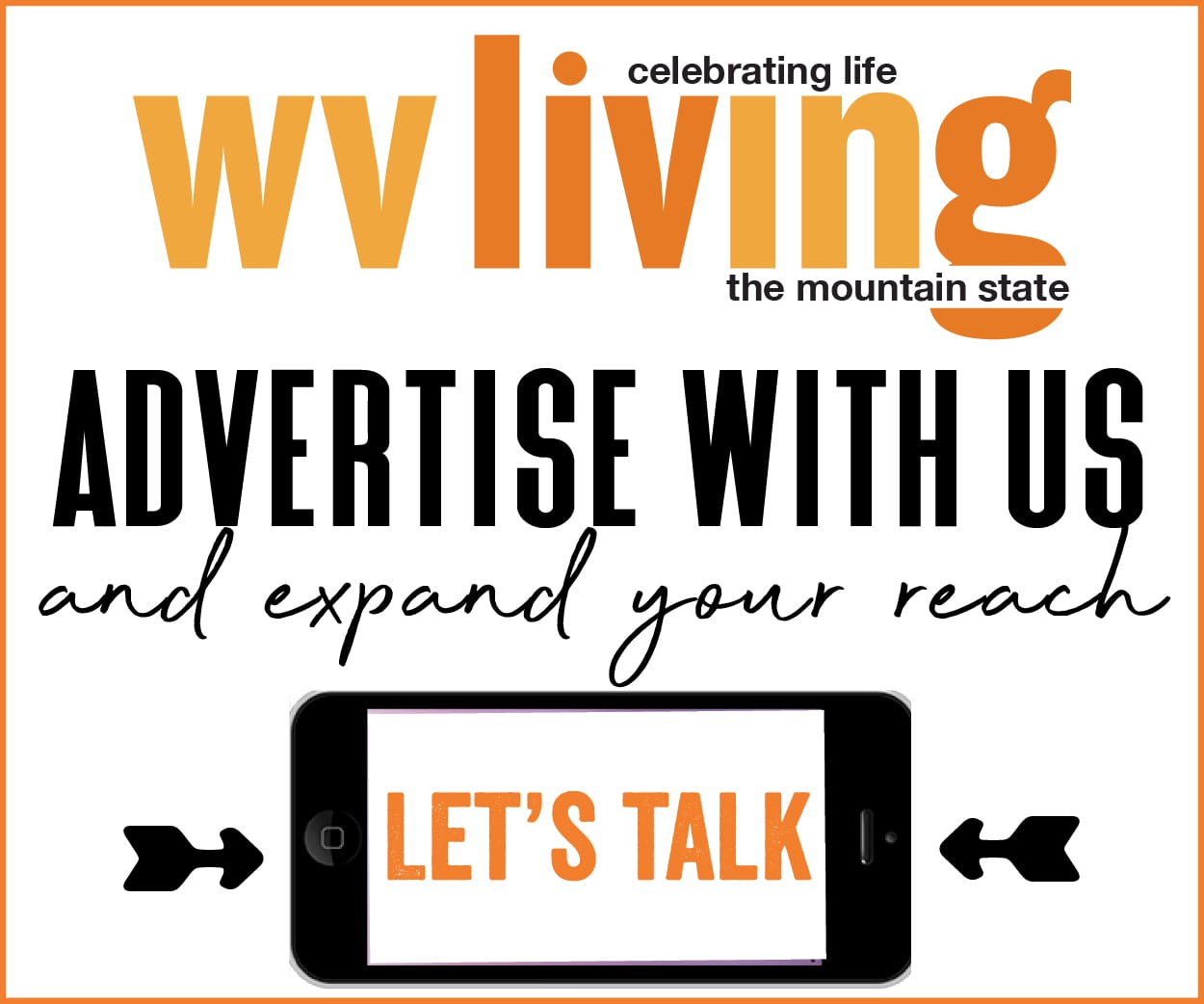When floodwaters washed her bridge away in March 2015, Ruth Cornell drained her bank account to have it built back. Just weeks after the new bridge was finished, another flood came and washed it out. Cornell had exhausted her savings, so she took out a loan to build another bridge. Then, in July 2015, that third bridge washed out, too. Deep in debt with no money in the bank, the 82-year-old retired West Virginia history teacher resorted to crossing her creek on two wobbling boards.
Then West Virginia Voluntary Organizations Active in Disaster (WV VOAD) stepped in.
While there are resources for families whose houses are affected by floods, there’s next to nothing to help homeowners replace flood-damaged bridges. So, in 2015, WV VOAD launched its “Bridging the Gap” program to meet those needs.
Unlike homemade spans, which are often designed around culverts that can get stopped up and lead to more flooding, WV VOAD’s bridges are engineered to withstand high waters and bear a maximum load of seven-and-a-half tons—more than enough to hold a large household truck or SUV. Yet they are simple enough to be built by groups of volunteer laborers.
A typical WV VOAD bridge costs $16,000, much less than it would cost a typical homeowner, thanks to discounts from vendors and volunteer labor from groups like the American Baptist Men, the United Methodist Committee on Relief, and the Mennonite Disaster Service. If they have the means, WV VOAD asks families to contribute money to the projects. Many times, this comes from the FEMA funding they receive after a disaster. But for those who cannot contribute monetarily, the bridge still gets built.
WV VOAD reached out to Ruth Cornell as soon as they heard about her situation. “The first thing she said was ‘How much?’” says executive director Jenny Gannaway. When Gannaway explained it was free, Cornell was still skeptical. “On the day we dedicated the bridge she said ‘I never thought this would happen,’” Gannaway says.
The group has now completed 56 bridges, but there are many more people in need of help, from both the 2015 floods and extreme weather that has occurred since then. “We don’t know where funding for the next 50 bridges is coming from,” Gannaway says. Of course, they didn’t know where funding for the first 50 would come from, either. That hasn’t stopped WV VOAD yet. Wvvoad.org











Leave a Reply